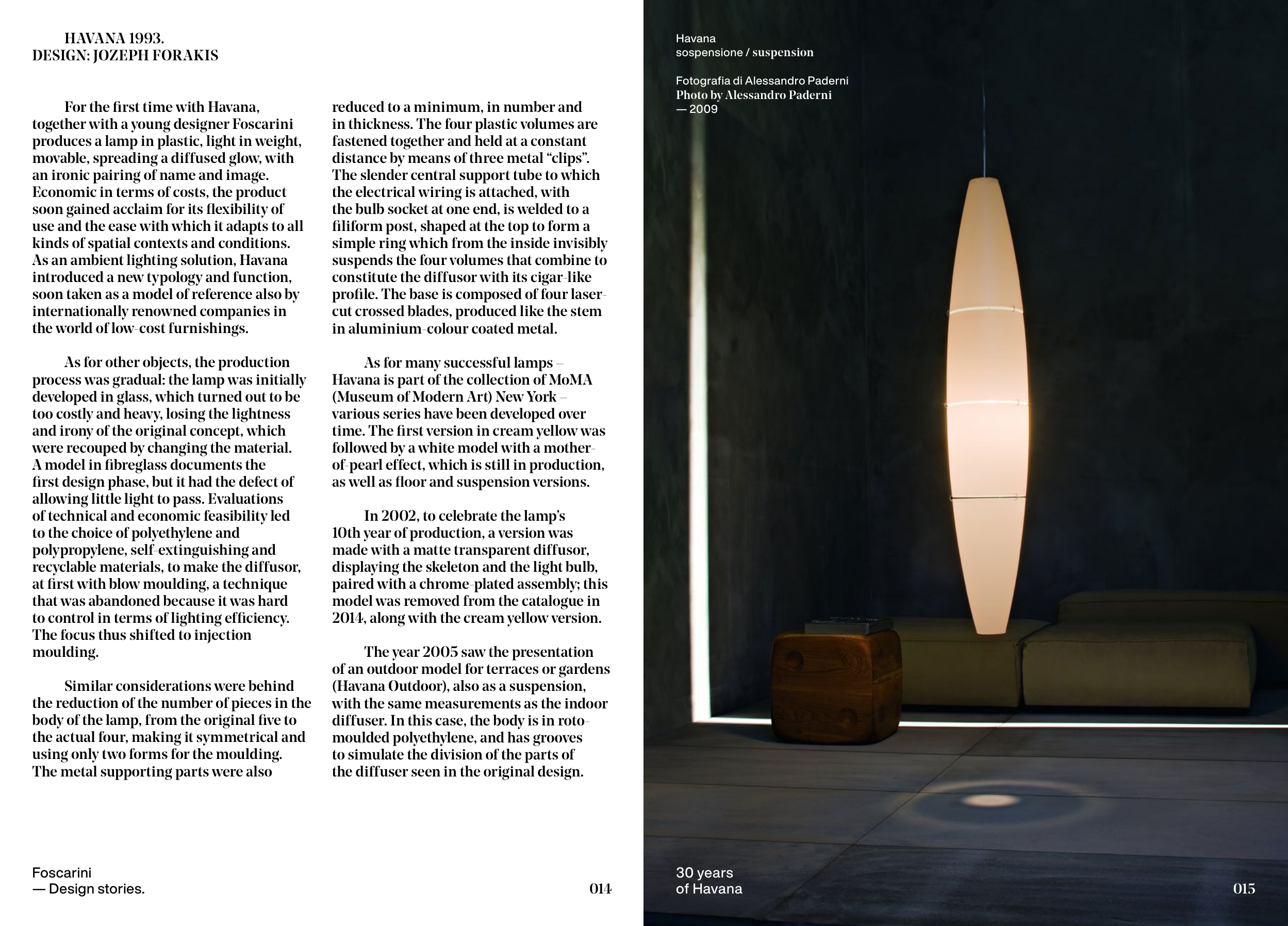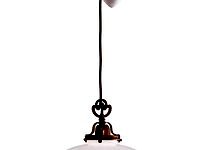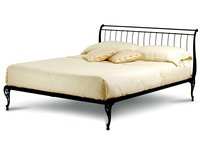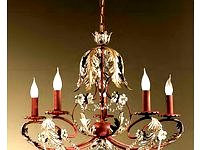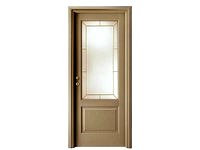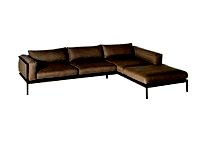014
015
30 years
of Havana
Foscarini
— Design stories.
For the first time with Havana,
together with a young designer Foscarini
produces a lamp in plastic, light in weight,
movable, spreading a diffused glow, with
an ironic pairing of name and image.
Economic in terms of costs, the product
soon gained acclaim for its flexibility of
use and the ease with which it adapts to all
kinds of spatial contexts and conditions.
As an ambient lighting solution, Havana
introduced a new typology and function,
soon taken as a model of reference also by
internationally renowned companies in
the world of low-cost furnishings.
As for other objects, the production
process was gradual: the lamp was initially
developed in glass, which turned out to be
too costly and heavy, losing the lightness
and irony of the original concept, which
were recouped by changing the material.
A model in fibreglass documents the
first design phase, but it had the defect of
allowing little light to pass. Evaluations
of technical and economic feasibility led
to the choice of polyethylene and
polypropylene, self-extinguishing and
recyclable materials, to make the diffusor,
at first with blow moulding, a technique
that was abandoned because it was hard
to control in terms of lighting efficiency.
The focus thus shifted to injection
moulding.
Similar considerations were behind
the reduction of the number of pieces in the
body of the lamp, from the original five to
the actual four, making it symmetrical and
using only two forms for the moulding.
The metal supporting parts were also
reduced to a minimum, in number and
in thickness. The four plastic volumes are
fastened together and held at a constant
distance by means of three metal “clips”.
The slender central support tube to which
the electrical wiring is attached, with
the bulb socket at one end, is welded to a
filiform post, shaped at the top to form a
simple ring which from the inside invisibly
suspends the four volumes that combine to
constitute the diffusor with its cigar-like
profile. The base is composed of four laser-
cut crossed blades, produced like the stem
in aluminium-colour coated metal.
As for many successful lamps –
Havana is part of the collection of MoMA
(Museum of Modern Art) New York –
various series have been developed over
time. The first version in cream yellow was
followed by a white model with a mother-
of-pearl effect, which is still in production,
as well as floor and suspension versions.
In 2002, to celebrate the lamp’s
10th year of production, a version was
made with a matte transparent diffusor,
displaying the skeleton and the light bulb,
paired with a chrome-plated assembly; this
model was removed from the catalogue in
2014, along with the cream yellow version.
The year 2005 saw the presentation
of an outdoor model for terraces or gardens
(Havana Outdoor), also as a suspension,
with the same measurements as the indoor
diffuser. In this case, the body is in roto-
moulded polyethylene, and has grooves
to simulate the division of the parts of
the diffuser seen in the original design.
HAVANA 1993.
DESIGN: JOZEPH FORAKIS
Havana
sospensione / suspension
Fotografia di Alessandro Paderni
Photo by Alessandro Paderni
— 2009


